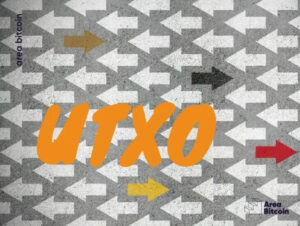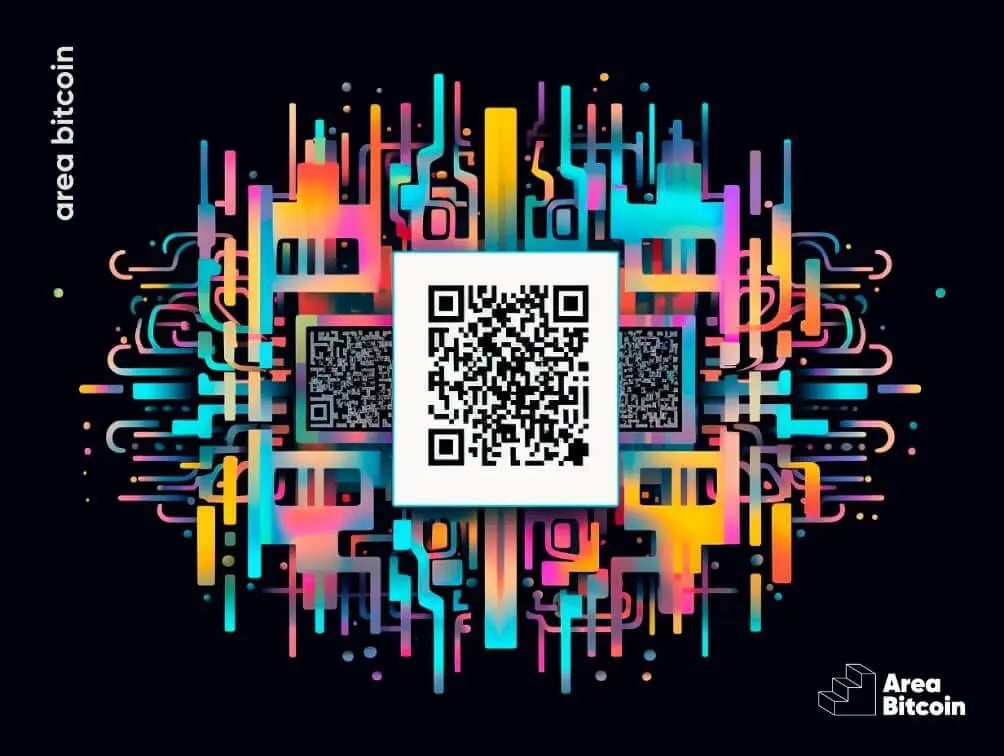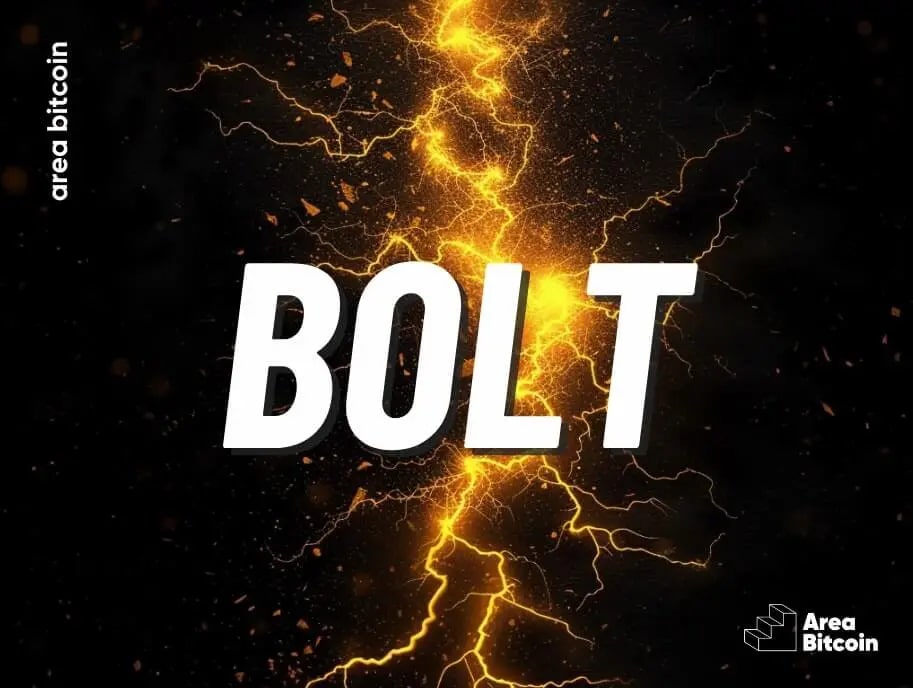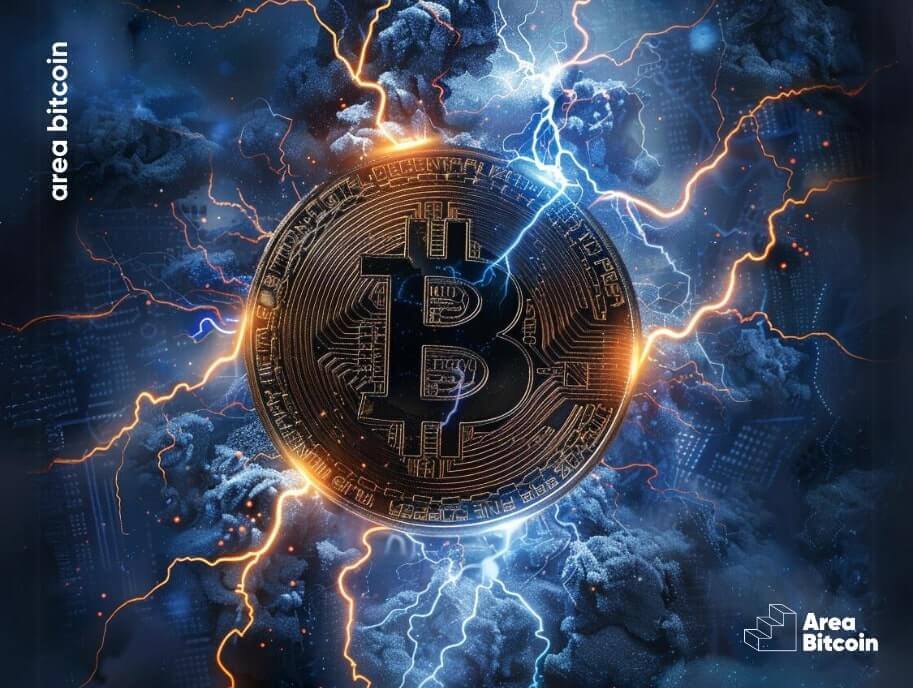Since Bitcoin came into existence, many updates have taken place to meet the diverse needs of the public. Thus, one of the main focuses is ease of use, which, as with any software, is super important for the adoption of Bitcoin.
With this in mind, companies and developers are constantly looking for solutions to improve the user experience, a concept known as UX (User Experience).
Over the years, we have seen a continuous effort by companies involved in the Bitcoin ecosystem to improve this aspect of UX. Therefore, the goal is to make Bitcoin intuitive and easy to use for both beginners and advanced users.
An example of this was the creation of the Lightning Network (and the Lightning Address protocol), designed to facilitate everyday payments, improve speed, and reduce the cost of transaction fees.
Do you want to understand more about the Lightning Address protocol?!
Table of Contents
A Lightning Network
Before understanding what the Lightning Address is, it is important to understand what the Lightning Network is, as it was with the aim of improving Lightning payments that the Lightning Address protocol was created.
What is the Lighting Network?
The Lightning Network, or Lightning network, is a second-layer Bitcoin network, created to meet users’ needs for making micropayments.
Therefore, since Bitcoin was created, it has been gaining adoption, resulting in the need to be able to transfer small amounts at a lower rate than in layer 1 of Bitcoin, the main layer. Therefore, the Lightning Network emerged to solve this.
LN sending and receiving addresses are different from Bitcoin addresses. While a Bitcoin address usually starts with “bc1…”, in Lightning, transfers are made via invoices and are significantly larger than a Bitcoin address.
For example, a Bitcoin address looks like this:
bc1qeu0srtr7zfqoi7l879lydnw8re47gtzzwe5pot
And an invoice on the Lightning Network looks like this:
lnbc10u1p39w7q4pp5t6z24zk232x40g5wsndlq0qnc56f9t6zusyf7nkn358mhvc43c0sdq5fe85zjpqf9h8vmmfvdjscqzpgxqzjcsp564eu3afmm05clfxeu4zklkj0amn4vvwlwzq lecasmkn6kcn65m4q9qyyssq2xw4fet6um6ynm5t2f2gmy934av7z9x89e9j7vyyd2umpmjslaazs3dpszstdhqpdw7vsmud9zd7vyjernp0wranzn20js233t279ccpxw9et0
What is an invoice on the Lightning Network?
An invoice on the Lightning Network is a digital document that contains all the essential information for making a payment. This includes the amount to be paid, the recipient’s address, and other relevant information.
This document is generated by the party wishing to receive payment, providing a structured and secure way to facilitate transactions on the Lightning Network.
Furthermore, this process simplifies communication between payer and recipient, contributing to the efficiency and transparency of operations.
QR Codes on Lightning
To avoid the need to copy and paste the lengthy alphanumeric phrase (similar to the one seen above), QR codes began to be used to facilitate and simplify payments, directly reflecting invoices.
However, QR codes in Lightning do not yet represent the most viable solution, as they are not static; that is, they have an expiration time and generally can only be used once, precisely because they reflect a temporary invoice.
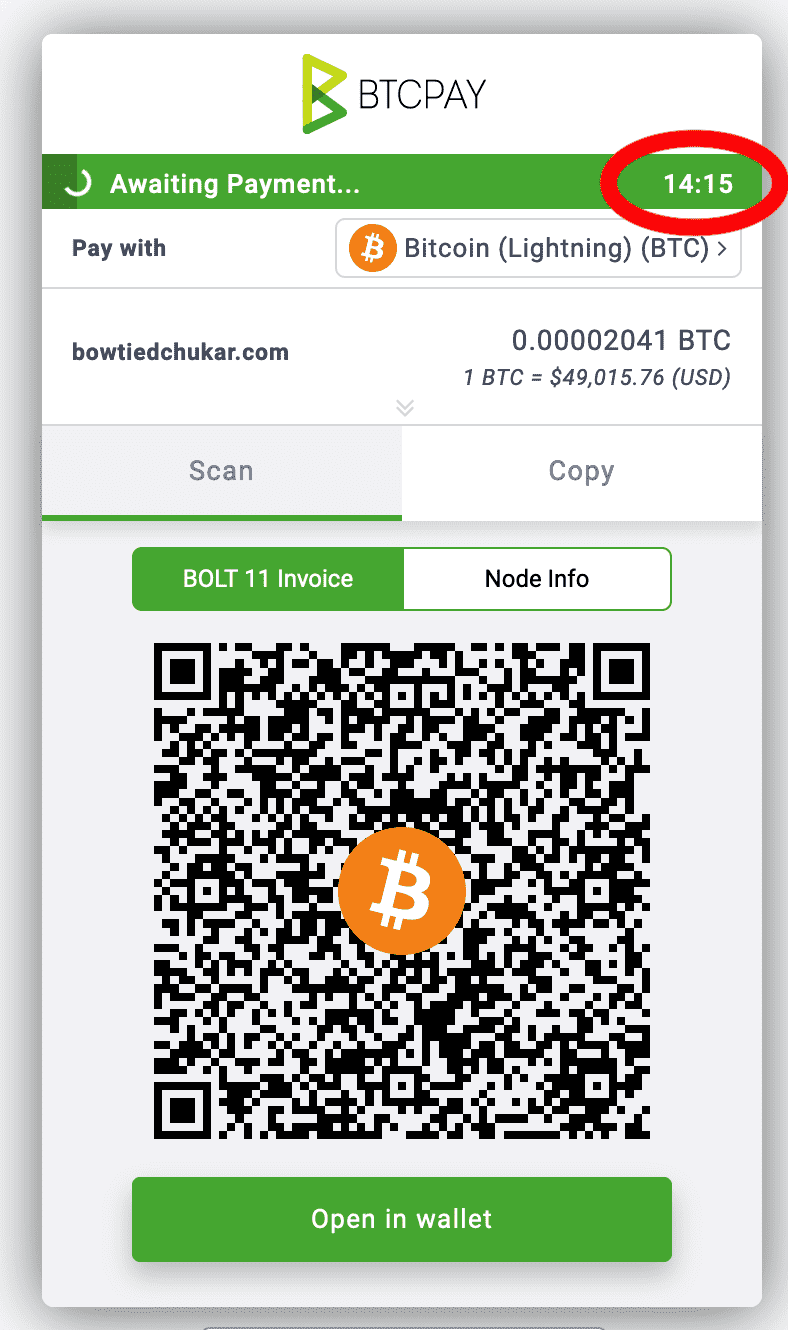
LNURL
However, a promising alternative to this issue seems to be LNURL, which essentially consists of a Lightning invoice in the format of a website URL.
The proposal with LNURL is to provide the ease of a QR Code but without an expiration date.
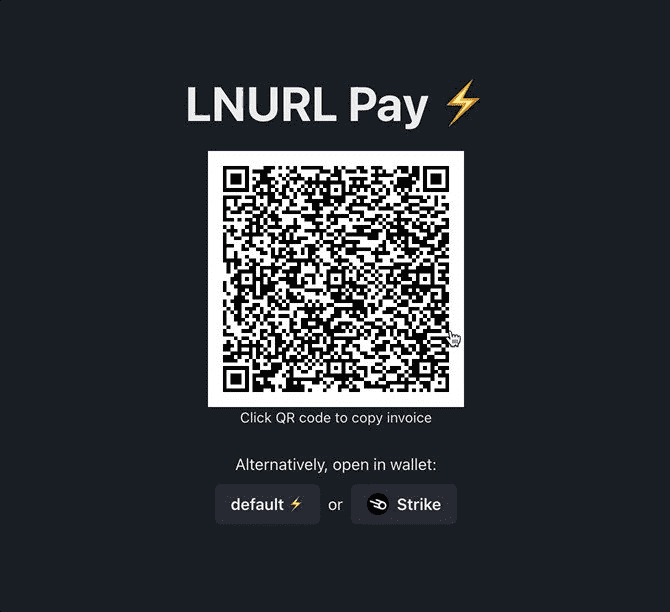
Using a Lightning URL, it becomes possible to send and receive Bitcoin through a static QR Code, eliminating the need to change it with each transaction.
However, this solution still requires the presence of a QR Code and requires a website, and a camera to scan the invoice, which, in turn, creates friction in communication with users, making the experience difficult.
With the aim of further improving usability and simplifying transactions, Lightning Address was created.
Lightning Address depends on the LNURL protocol but incorporates more user-friendly usability, providing a more efficient and user-friendly alternative for operations on the Lightning Network.
What is the Lightning Address?
Lightning Address offers an instant method for sending bitcoins over the Lightning Network, utilizing an email-like address to streamline the bitcoin-sending process.
Consequently, Lightning Address is a protocol that simplifies utilizing Bitcoin’s Lightning Network, making transactions more accessible and easier to comprehend.
The proposal suggests that the Lightning Address acts as your identifier on the Internet—an email address that enables you to send and receive Bitcoin on the Lightning Network in a straightforward and direct manner.
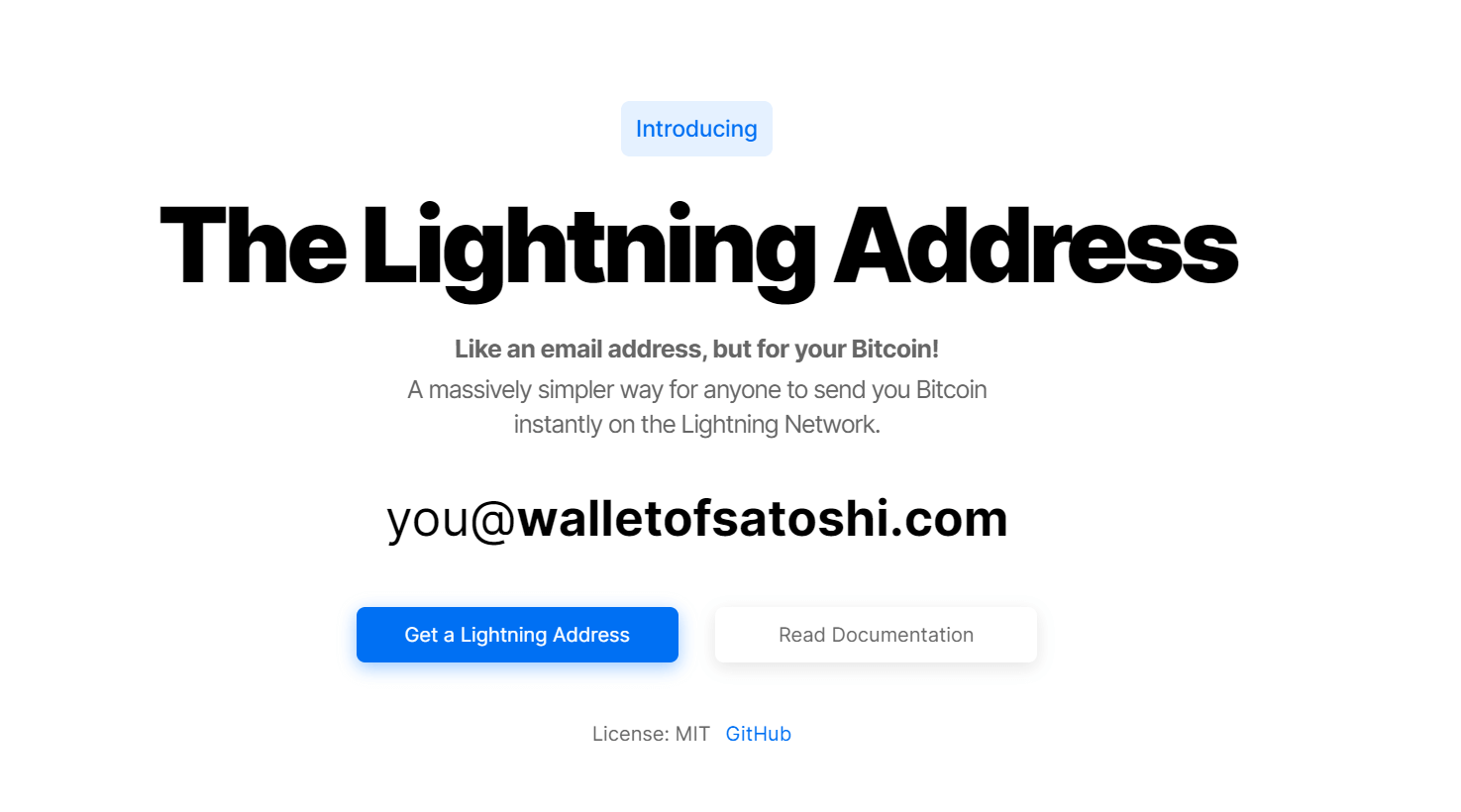
For example, instead of using invoices in QR Code format or letters and numbers, as shown in the image below:

You can have a Lightning Address, such as [email protected].
In simpler terms, instead of utilizing traditional and complex character strings, the Lightning Address enables individuals to send and receive Bitcoin on the Lightning Network by merely entering their Bitcoin “email” address into compatible wallets.
This approach significantly simplifies daily transactions, serving as a universal identifier on the Internet.
Memorizing and sharing your Lightning Address is as straightforward as with a regular email. Moreover, certain platforms allow the use of your own web domain to create your Lightning Address.
It’s also important to note that the Lightning Address protocol was developed by two Brazilians:
- André Neves;
- and Fiatjaf (a pseudonym), the latter of whom also played a role in developing the Nostr protocol.
Both are recognized for their substantial contributions to the Bitcoin ecosystem, particularly in the development of solutions for the Lightning Network.
Which wallets support the Lighting Address?
Numerous wallets and applications now support the Lightning Address.
Here is a list of some of the main ones:
- Zebedee
- Alby
- Wallet of Satoshi
- Zap
- Phoenix
- Flash
- Blink
- Beep
- Breez Wallet
- Mash
Advantages of Lightning Address
A key advantage of the Lightning Address is its resemblance to an email, a universal identifier on the Internet. This similarity significantly eases the transaction process and encourages wider adoption among new users.
In contrast to traditional Bitcoin addresses, Lightning invoices are more extensive, have a time limit, and can only be utilized once.
Moreover, the process of scanning a Lightning QR Code, though seemingly straightforward, involves several steps for the user, such as opening a camera, scanning the code, and, occasionally, inputting the number of satoshis, among other details.
This process can introduce various difficulties, such as non-functional QR Codes or issues with camera activation. In some instances, a user may not have access to a camera to scan the code or may want to conduct a transaction on their behalf, necessitating another device to read the QR Code.
Consequently, the Lightning Address provides users with a universal identifier that applies to any wallet supporting this feature. Futhermore, the address is static, does not expire, and eliminates the need for a QR Code, unlike LNURL.
The Lightning Address significantly improves the overall user experience, facilitating the adoption of Bitcoin in daily life.
Related posts:
Step-by-step guide on how to create and use a Lightning Address
Creating and using a Lightning Address is straightforward, particularly with wallets like Zebedee that support this feature. Zebedee is notable for its integration with various services, especially within the gaming sector.
When you register with Zebedee, you’ll be prompted to choose a username. This username will serve as your “gamertag,” essentially your identifier within the platform.
Your chosen username will act as your Lightning Address, formatted as “[email protected].”
Here are the step-by-step instructions to create your Lightning Address with Zebedee:
- Download the Zebedee (ZBD) app for Android or iOS on your mobile device;
- Create an account using your email or social media profile;
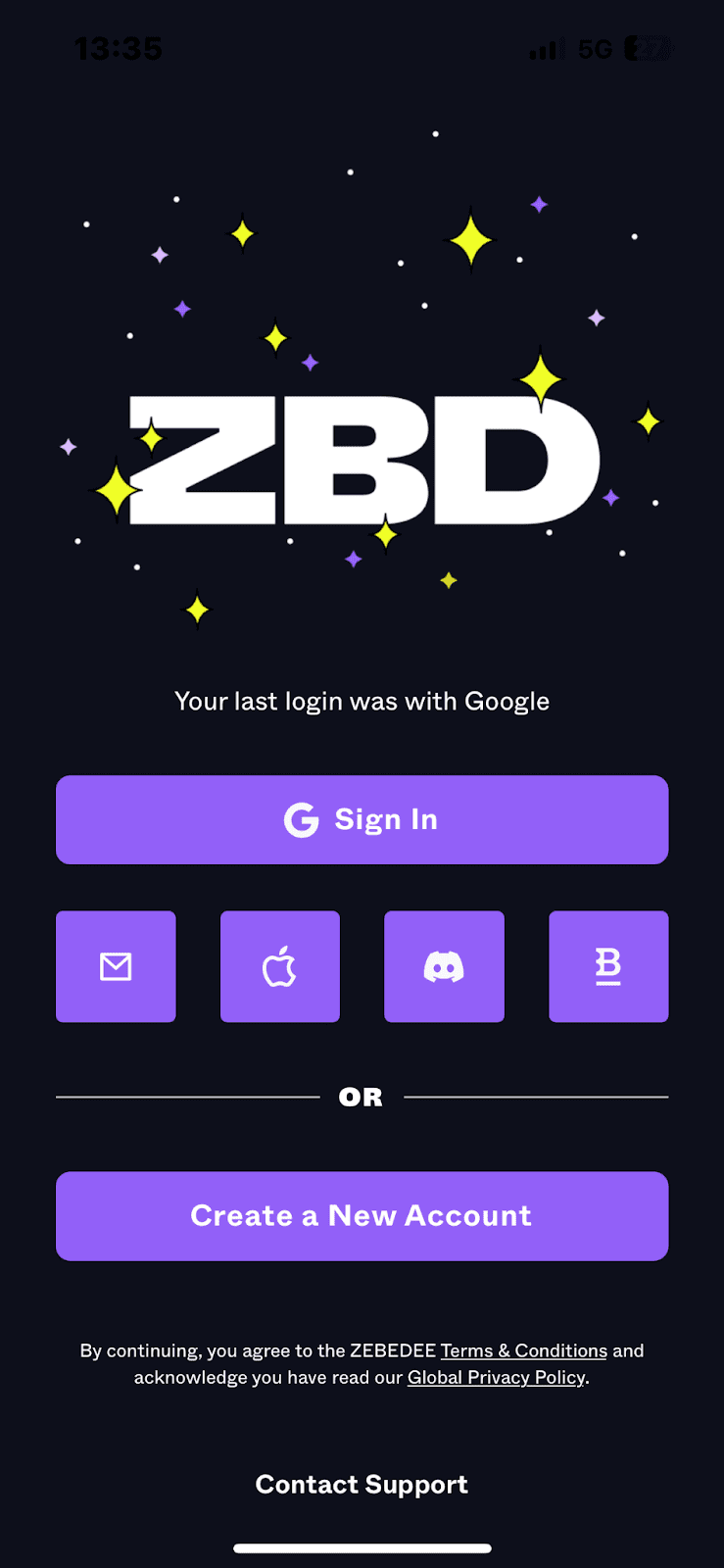
- Select your username;
Your username will serve as your Lightning Address in the format “[email protected].”
To make your first transfer using the Lightning Address to the ZBD wallet, simply click on the top right corner, where your satoshi balance is displayed.
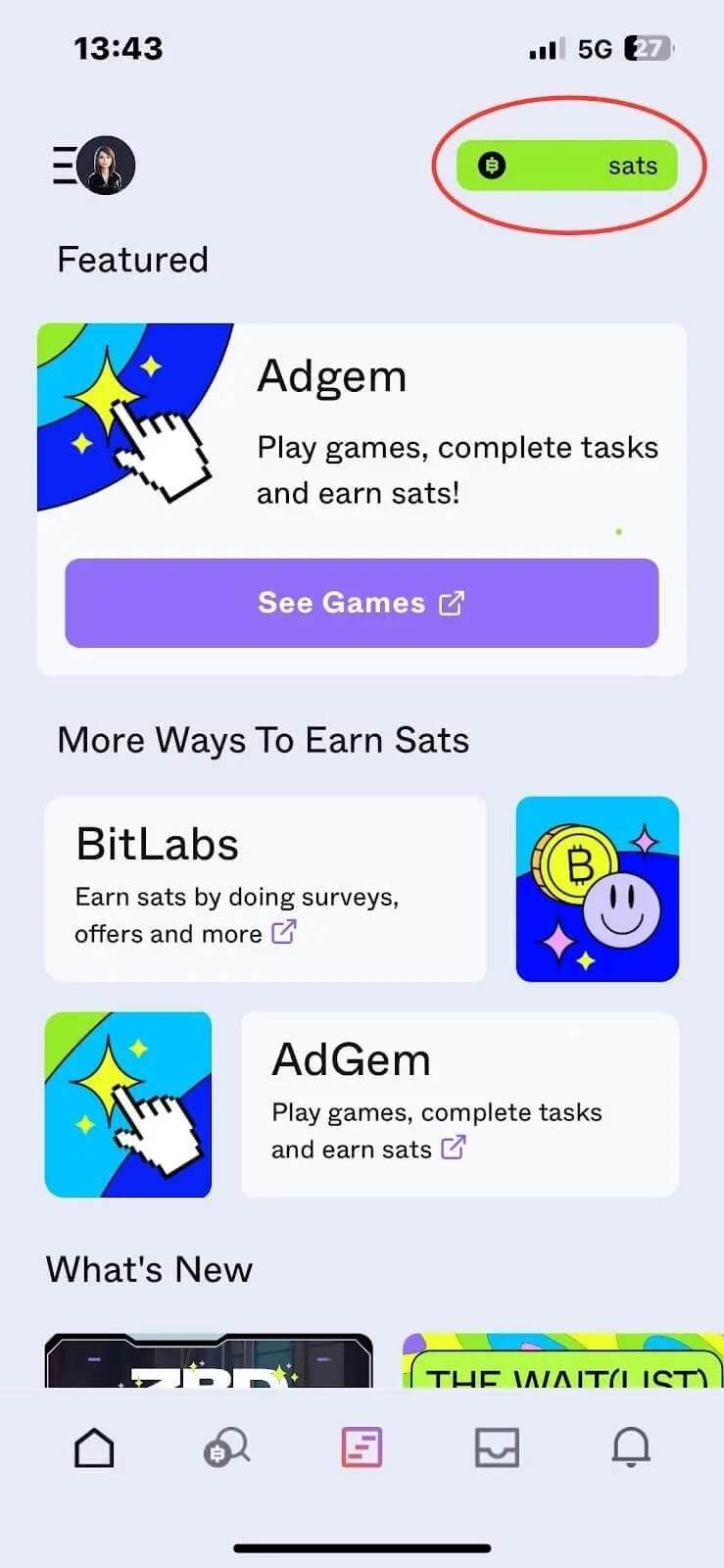
After clicking this green button, you will choose the “Pay/Request” option in your wallet.
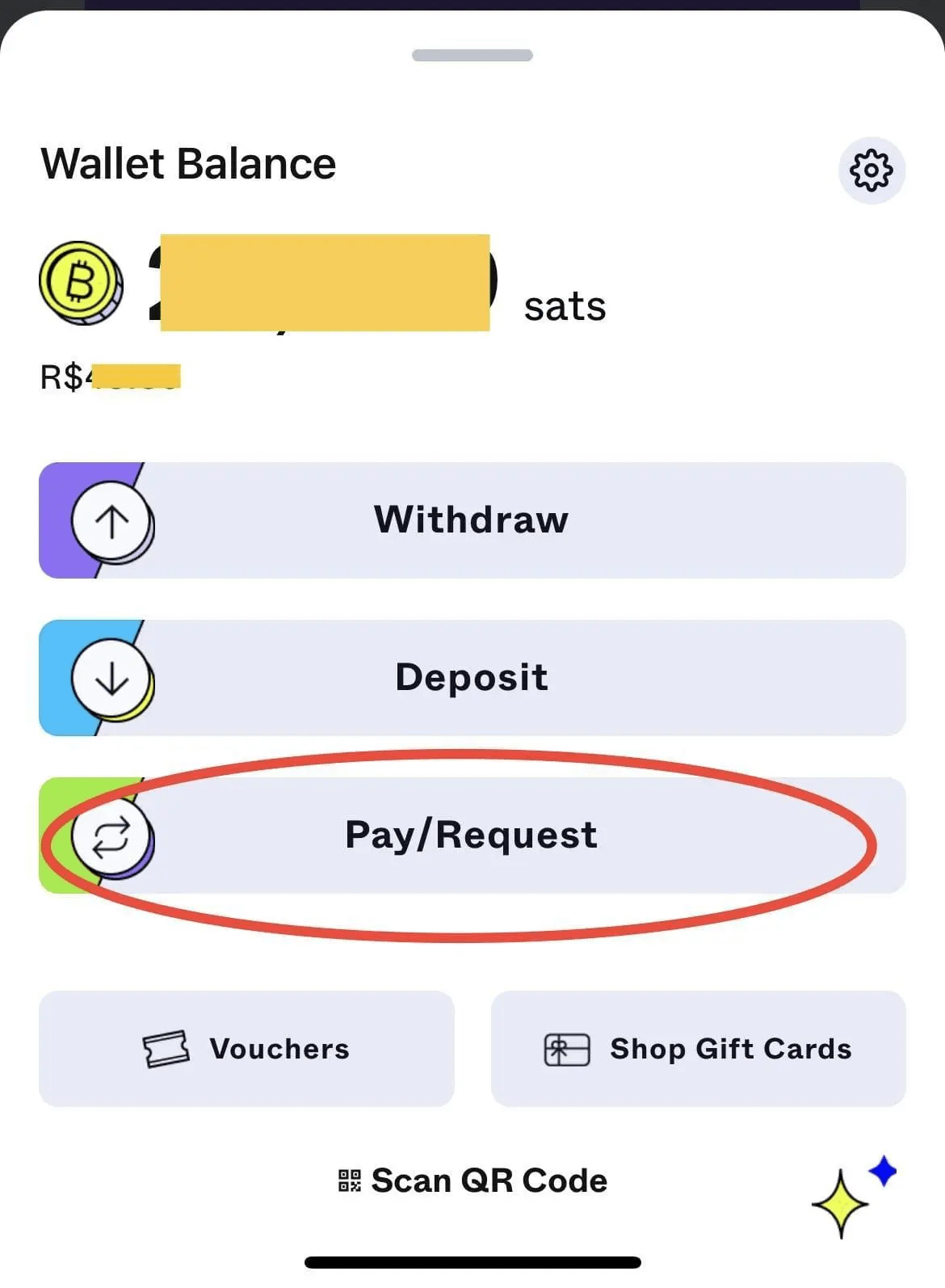
Upon selecting this option, you’ll need to specify the amount of satoshis you wish to send and then input the Lightning Address of the recipient.
Once you’ve completed these steps, you’ve not only set up your Lightning Address but also completed your first transaction with it.
Simple, right?
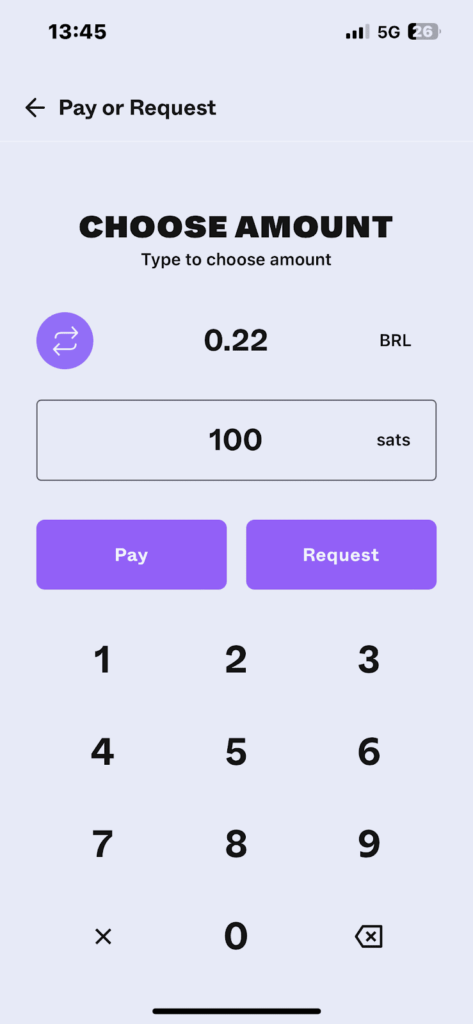
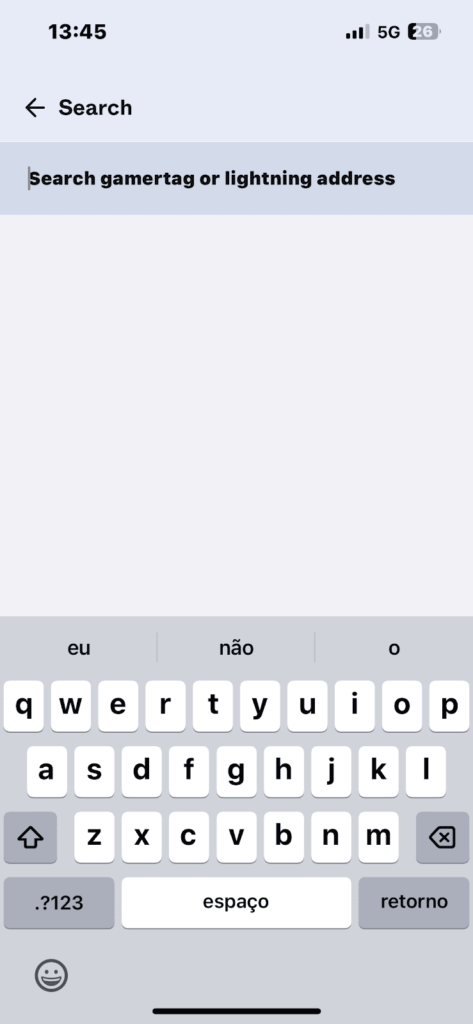
One of the standout features of the Lightning Address is its interoperability. This means that, regardless of the domain used after the “@”, the address will function. This removes the need to worry about the specific provider, as they are all compatible.
Thus, whether the address ends with .com, .net, or .io, they all operate the same way. Just as emails can be sent from Gmail to Hotmail, with Lightning Addresses, you can transfer funds between platforms like ZBD and Alby, for instance.
Conclusion
As explored in this article, Bitcoin continues to evolve, enhancing the user experience with regular updates and the introduction of various applications designed to improve usability.
The Lightning Address is a prime example of such innovations, offering a significant simplification for both newcomers to Bitcoin and seasoned users of the Lightning Network.
Previously, with QR Codes, it was necessary to repeatedly create new addresses for payments, creating friction and difficulties in transactions. LN Address, in turn, reduces this hurdle by providing a more efficient and hassle-free way to engage financially with Bitcoin.
Now, traders, beginners, and advanced users have a new way of interacting financially with Bitcoin, easily and quickly. This is fully aligned with the Lightning Network proposal, which aims to offer a simple and agile network for micropayments.
These advancements underscore the ongoing efforts to make Bitcoin more accessible and user-friendly for a broader audience.
I hope you enjoyed this article, be sure to share it with friends and family and see you next time!
Share on your social networks:

One of the leading Bitcoin educators in Brazil and the founder of Area Bitcoin, one of the largest Bitcoin schools in the world. She has participated in Bitcoin and Lightning developer seminars by Chaincode (NY) and is a regular speaker at Bitcoin conferences around the world, including Adopting Bitcoin, Satsconf, Bitcoin Atlantis, Surfin Bitcoin, and more.
Did you like this article? Consider buying us a cup of coffee so that we can keep writing new content! ☕



